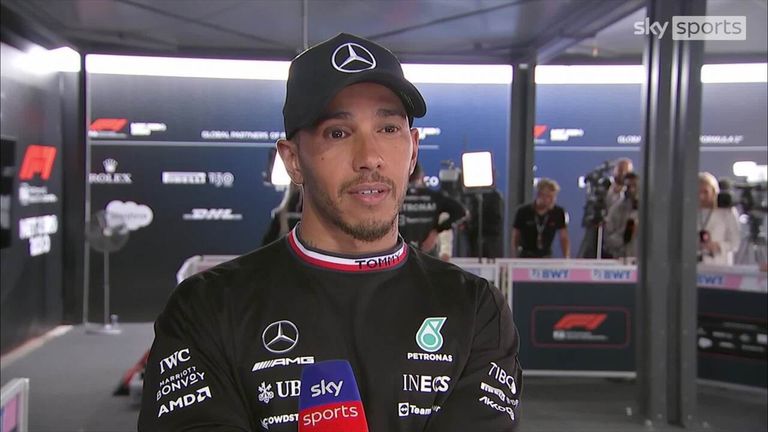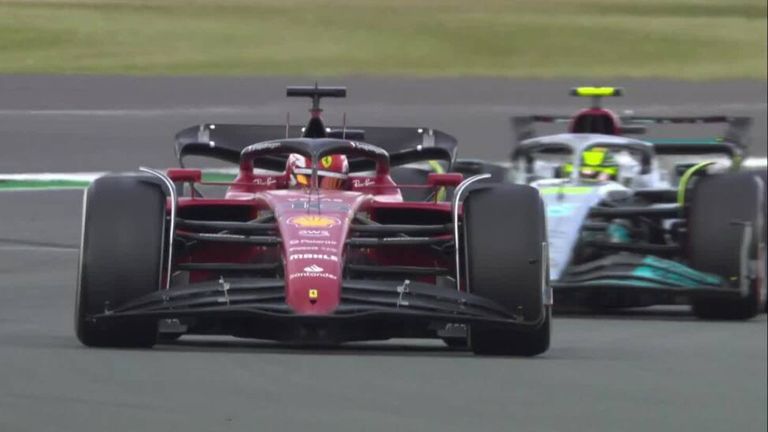
Mark Hughes
F1 Expert
Lewis Hamilton: Why Mercedes F1 driver is right to consider extending career - and the key factors ahead
After Lewis Hamilton's recent admission that he was thinking of extending his Mercedes contract, which expires at the end of the 2023, Sky Sports F1 expert Mark Hughes looks at the motivating factors and why Hamilton may wait before final decision
Last Updated: 25/08/22 7:21am
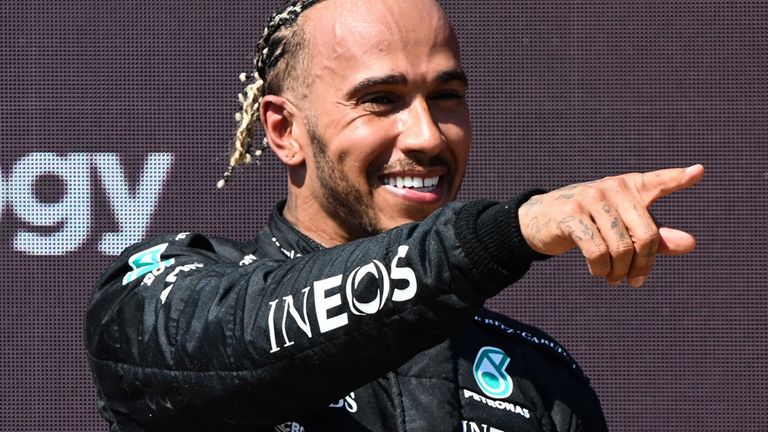
Lewis Hamilton has previously admitted he has given retirement serious consideration for several years. But each time, he has renewed.
However, during his recent Vanity Fair interview, he turned it around, saying: "I'll be lying if I said that I hadn't thought about extending." As if the default assumption is now that he will retire at the end of his current contract - which runs to the end of 2023 - but that he's considering not doing so. It's a subtly different position.
How long could he go on for? Physically, many years yet.
Fernando Alonso has this year shown the folly of the previous widely-held assumption that race drivers' performances will invariably tail off physically if they keep going to their late 30s/early 40s. It was always nonsense.
- Merc hope F1 change hinders Red Bull, Ferrari | 'No doubt they pushed the rules'
- Ranking F1's top five drivers of the season so far
- F1 is back! When to watch Belgian GP on Sky Sports
With some exceptions, it's invariably depleted motivation after the long years of slog which can begin to diminish the inner desire to push as hard as the young charger looking to make their name. Alonso remains hugely motivated, as does Hamilton, four years Alonso's junior.
If he can retain that inner desire there is no reason he will not be able to access his extraordinary skills as effectively as ever for years to come.
Hamilton has a keen sense of the narrative of his own career history. He sees it in very personal terms as a triumph against adversity. His whole career has indeed been a truly magnificent triumph against so many initial obstacles; a Black kid from a council estate is not the usual starting point of an F1 career.
Even if he had retired 10 years ago with just his one McLaren world title and never sat in a dominant Mercedes, he would still be one of the true greats of the sport; one of the greatest drivers F1 has ever seen. But beyond just his level as a driver, his stature as a sporting icon - in terms of the inspiration to Black culture his success represents, the opening up of the sport to a huge previously uninterested, unengaged section of the population - makes him possibly the greatest of all.
That stature has only been emphasised by the record-breaking success achieved after switching to Mercedes. The stature he had already attained within the sport - his reputation purely as a driver - before that switch, would come to be matched or even exceeded by the statistics made possible by that move.
The events of Abu Dhabi 2021 - when on the cusp of what would have been an unprecedented eighth world title, misapplication of the sporting regulations saw him denied - still sit heavily upon him, as he confirmed in the recent interview. That this should be followed up by his first uncompetitive car in 13 years - preventing him from 'doing the talking on track' as he likes to put it - will likely only be storing up that inner desire and motivation.

Will key F1 regulation change have say on Hamilton's future?
That's the Hamilton backdrop to Mercedes' progress since the beginning of the season and its prospects for the remainder of it.
There has been a lot of progress from the wildly porpoising W13 of the early season which was often one second or more off the pace of Ferrari and Red Bull. With quite a different upper body aero concept to those cars, its greater area of exposed floor was effectively a cantilever, making it much more difficult to control. Later, limitations in the mechanical aspects of the suspension became apparent in controlling the car's ride.
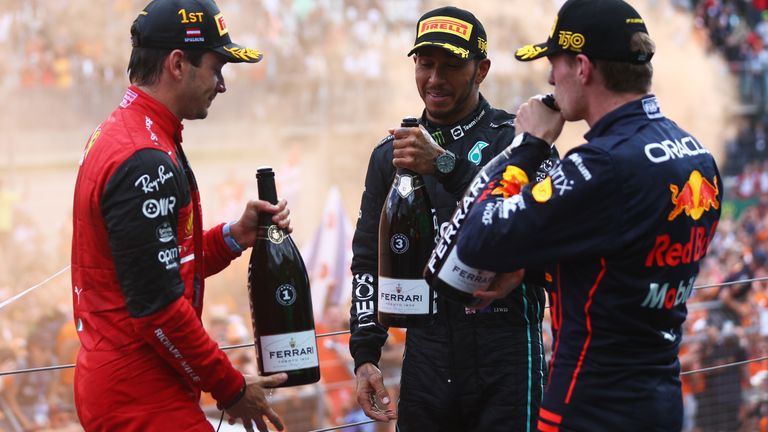
It then became clear Ferrari and Red Bull had interpreted the regulations concerning the mounting of the underfloor plank differently and were able to allow the plank to sink further into the floor as it touched the ground, giving a cushioning effect to the ride.
From Spa this weekend, that interpretation will no longer be considered valid. If, as is believed by other teams, that mounting method would make a 5-6mm lower rear ride height feasible, it would potentially be worth around 0.2-0.3s of lap time. The Mercedes, even though it set pole in Hungary due to a favourable set of circumstances (no healthy Red Bulls in Q3, Ferrari way out of the tyre temperature window), was still around 0.5s off the ultimate pace.
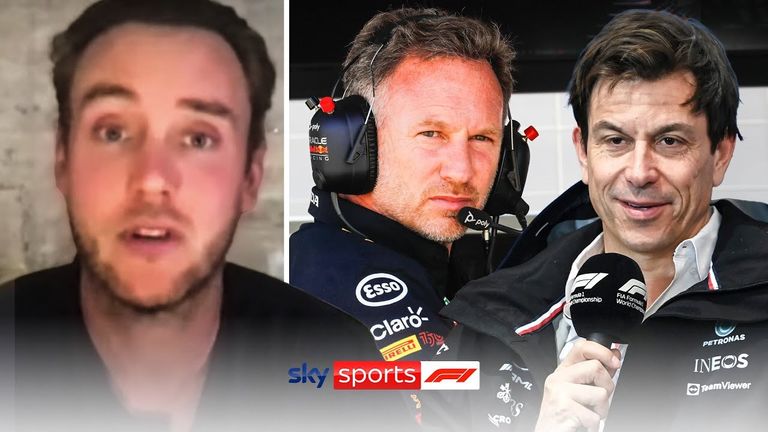
So the Spa TD could well help Mercedes reduce its deficit to the front, but to take on Ferrari and Red Bull on equal terms is likely going to require more development. But the Spa TD should at least put Hamilton and George Russell in position to apply pressure to those teams. It puts them in the ballpark - and from there anything is possible.
But of more interest to Hamilton and the team will be what these lessons mean for next year's car. The outcome of that process and its implications upon Hamilton's ability to fight for wins and titles once more after being doubly thwarted (once in Abu Dhabi '21, once by this year's car) are surely all the motivation he needs to give him access to his full ability and demonstrate to the world that he is not beaten.
Only with that achieved might he feel in a position to make a call on whether to extend or stop.

